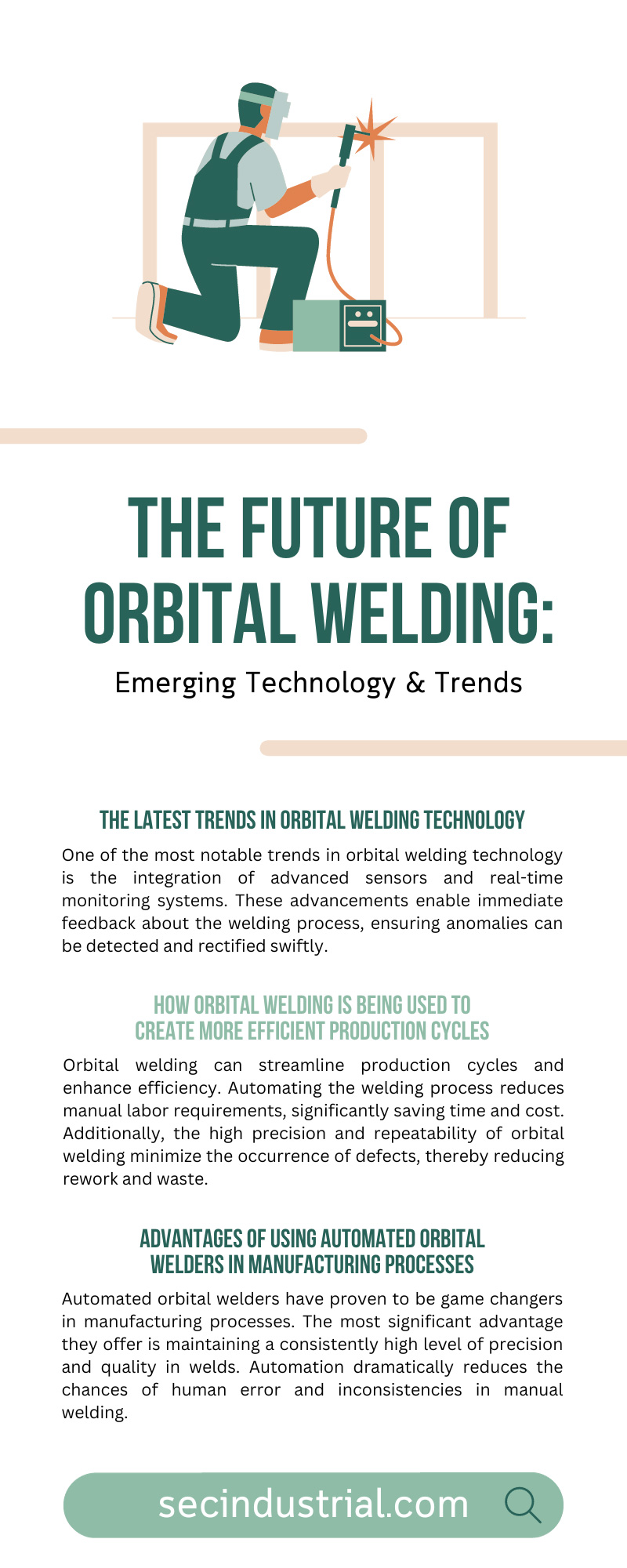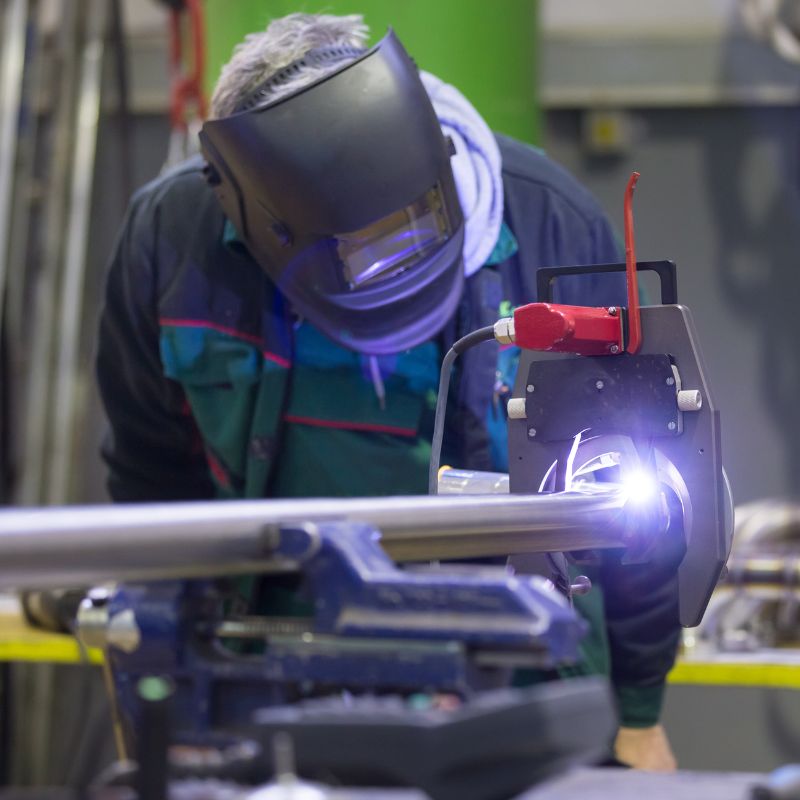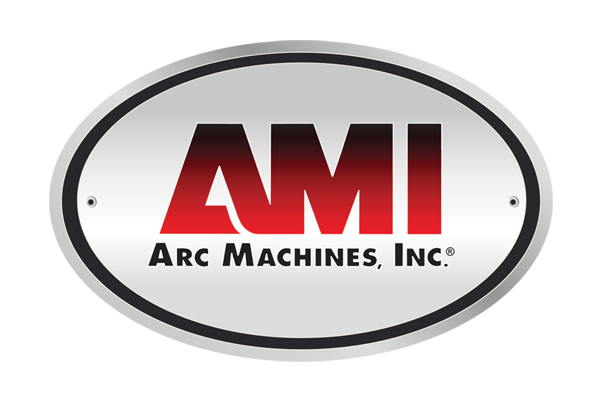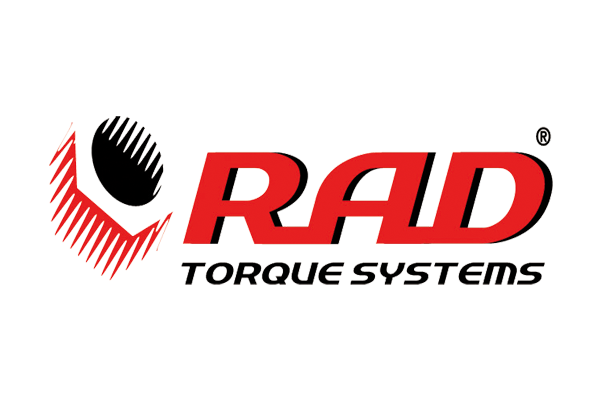The Future of Orbital Welding: Emerging Technology & Trends
Orbital welding, a specialized area of welding whereby the arc is rotated mechanically 360° around a static workpiece, has come a long way since its inception in the 1960s. Originally developed for the aerospace industry, this technology has now found its place in numerous sectors, including pharmaceutical, semiconductor, nuclear, and more.
As we look toward the future, several emerging trends and novel technologies promise to revolutionize this field. Let’s look into the future of orbital welding and emerging technology and trends to watch out for.
Overview of Orbital Welding and its Benefits
Orbital welding offers several benefits, leading to its widespread adoption in various industries. Primarily, it provides unparalleled precision, enabling high-quality, repeatable welds free of defects. This is increasingly necessary in industries like the semiconductor and pharmaceutical sectors, where sanitization and purity are paramount. The automated process further minimizes human error, enhancing consistency and efficiency.
Moreover, the capability of orbital welding to work in confined or hard-to-reach spaces is another significant advantage. It eliminates the need for welders to physically access the welding site, providing a safer work environment. Furthermore, the ability to control the process remotely brings additional flexibility.
Advancements in digital technology can transform the field of orbital welding. Increased integration of Industry 4.0 technologies, such as the Internet of Things (IoT) and artificial intelligence (AI), will further enhance the welding process’s precision, efficiency, and safety.
Additionally, the advent of more portable and user-friendly equipment will likely broaden the range of applications for orbital welding, further solidifying its integral role in manufacturing.
The Latest Trends in Orbital Welding Technology
One of the most notable trends in orbital welding technology is the integration of advanced sensors and real-time monitoring systems. These advancements enable immediate feedback about the welding process, ensuring anomalies can be detected and rectified swiftly. This not only improves the quality of the welds but also reduces downtime, leading to increased productivity.
Another emerging trend is the development of predictive maintenance capabilities through machine learning algorithms. These algorithms analyze data from the welding process to predict potential machine failures or quality issues before they occur, allowing for proactive maintenance and preventing costly disruptions.
Adaptive welding technology is yet another exciting development in orbital welding. Adaptive systems can automatically adjust welding parameters in response to changes in the welding environment, ensuring consistent, high-quality welds even under varying conditions.
These trends make orbital welding more reliable, efficient, and adaptable, expanding the possibilities for its use in new applications and industries.
How Orbital Welding is Being Used to Create More Efficient Production Cycles
Orbital welding can streamline production cycles and enhance efficiency. Automating the welding process reduces manual labor requirements, significantly saving time and cost. Additionally, the high precision and repeatability of orbital welding minimize the occurrence of defects, thereby reducing rework and waste.
Orbital welding’s efficiency becomes particularly valuable in mass production. Manufacturers can significantly expedite their production timelines thanks to orbital welding’s ability to produce hundreds, if not thousands, of consistent, high-quality welds in a single shift.
Furthermore, integrating IoT and AI technologies enables more intelligent and responsive orbital welding systems. These systems can automatically adjust welding parameters based on real-time data, reducing the need for manual intervention. The result is a more efficient production cycle, with less downtime and higher output.
The continued advancement of orbital welding technology promises to bring even greater efficiency and productivity gains. As new methods and technologies are integrated, orbital welding will remain critical to modern manufacturing.
Advantages of Using Automated Orbital Welders in Manufacturing Processes
Automated orbital welders have proven to be game changers in manufacturing processes. The most significant advantage they offer is maintaining a consistently high level of precision and quality in welds. Automation dramatically reduces the chances of human error and inconsistencies in manual welding.
In addition, automated orbital welders come with advanced features such as programmable welding parameters and real-time monitoring. These features allow for a high degree of customization according to the specific requirements of a workpiece, ensuring optimal results on every weld.
Moreover, with the ability to function in confined or difficult-to-reach areas, these welders also increase safety in the workplace by reducing the risk of accidents.
Lastly, automated orbital welders contribute to a more efficient workflow. They can operate continuously without fatigue, unlike human operators, thus significantly increasing overall productivity. As the field continues to evolve, automated orbital welding will likely remain at the forefront of innovative manufacturing solutions.
Tips for Ensuring a Quality Welding Job Every Time
It’s imperative to ensure the highest quality in every welding job. One tip to achieve this is always properly cleaning the welding materials before beginning a project. This step includes cleaning the base material, filler material, and equipment. Even minute amounts of contaminants could compromise the quality of the weld.
Also, the correct calibration of welding parameters is a must. You should set factors such as speed, current, and oscillation according to the specific requirements of the workpiece. Ensuring the proper maintenance of the equipment also significantly affects the welding quality. Regular checks and early detection of faults in the machine can prevent defects in the weld.
Lastly, investing in training for operators is crucial. Despite the automation, understanding the process and intervening when necessary can make a significant difference in maintaining the quality of the welding job. Orbital welding, backed by careful preparation and skilled operators, can consistently guarantee high-quality outcomes.
Safety Procedures for Working With Orbital Welders
Safety is of the utmost importance when working with orbital welders. It’s critical to follow standard safety procedures to ensure a safe working environment. First and foremost, operators should always wear proper personal protective equipment (PPE), including welding helmets with protective lenses, flame-resistant gloves, and safety shoes.
Additionally, you should keep the work area clean and clutter-free to reduce the risk of accidents. Adequate ventilation is also essential to prevent the accumulation of harmful fumes.
Operators should get training in properly handling and operating the machinery, including the correct procedures for starting and stopping the equipment. You should also conduct regular machinery inspections to promptly identify and rectify potential hazards.
It’s also vital to understand and follow the safety instructions provided by the equipment manufacturer. This safety includes knowing the system’s limitations and not using the equipment in unsafe conditions or for the wrong tasks.
Orbital welding has paved the way for unprecedented advancements in various sectors, proving its worth as a vital component in modern manufacturing processes. Its high precision, repeatability, and versatility have given it a competitive edge in industries where quality and efficiency are paramount. With the introduction of technologies such as IoT and AI, the future of orbital welding appears promising, bringing forth greater productivity, efficiency, and adaptability.
The increasing trend toward automation and predictive maintenance further augments its potential. However, despite these technological advancements, the emphasis on safety, regular maintenance, and skilled operation remains essential. As we venture further into digital manufacturing, orbital welding stands out as a beacon of innovation and progress, holding a significant role in shaping the future of the manufacturing industry.
If you need orbital weld heads or other welding supplies, SEC Industrial has you covered. Our range of products caters to all your welding needs, and our team dedicates itself to providing top-notch customer service. Contact us today for more information on our products and services.










